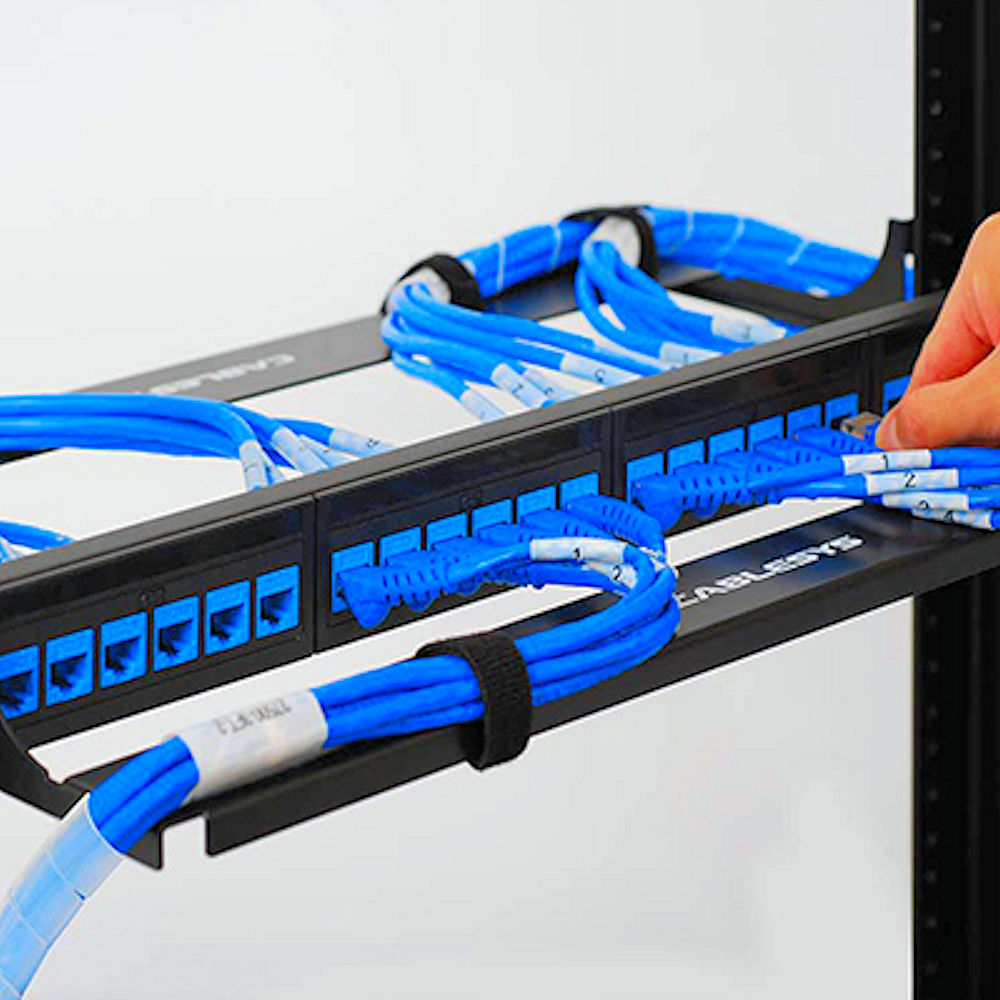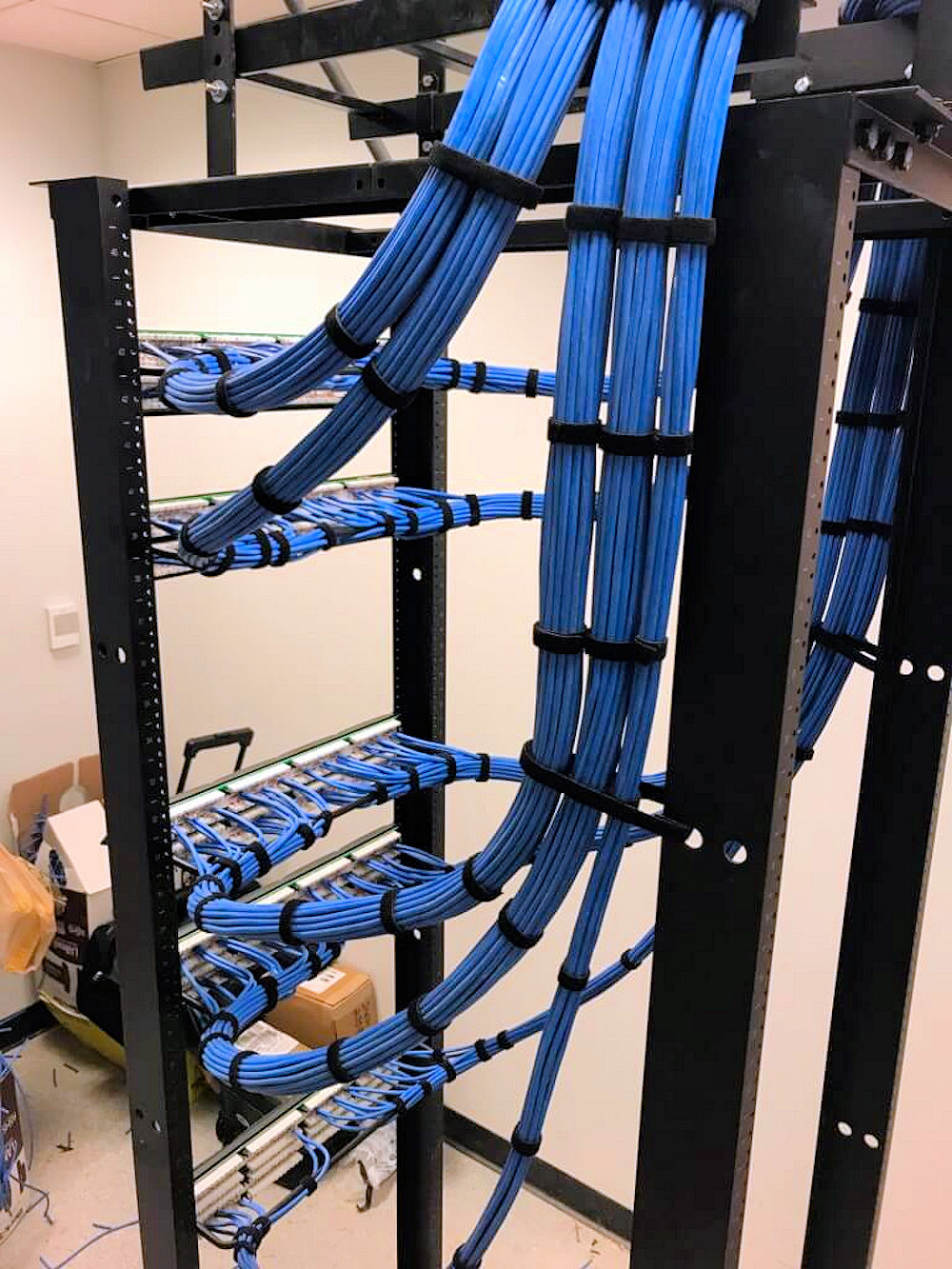Another key step in our
cabling installation process is to test the wiring from end to end. We start at the routers and work our way back towards the switches, servers, and other devices that make up your network. This ensures that we have not missed any of the connections between each device. It also helps us identify potential problems before they become a problem for you.
We use a combination of different tools to perform this testing:
The most common tool used by technicians today is called an oscilloscope. An oscilloscope allows us to see what signals are being sent across the wire as well as when those signals arrive at their destination. This can help us identify any issues with the wires or connectors on either side of the router/switch/server.
A more advanced tool than an oscilloscope is called a spectrum analyzer. A spectrum analyzer will allow us to look at the frequency of the signal being transmitted over the wire. This can be useful if there is interference on one end of the wire or if it is important to know how much bandwidth is available on the cable.
There are many other tools that can be used to test the wiring but these two are the most commonly used.
During this phase of the project, we will be testing the following:
The physical connection between all devices (including power)
The speed of data transfer between devices
The quality of the signal being sent over the cable (the "signal strength")
The ability of the router or switch to forward packets correctly
The ability of a server to receive packets correctly
Testing the Physical Connection Between Devices
We use an oscilloscope and spectrum analyzer to check the physical connections

